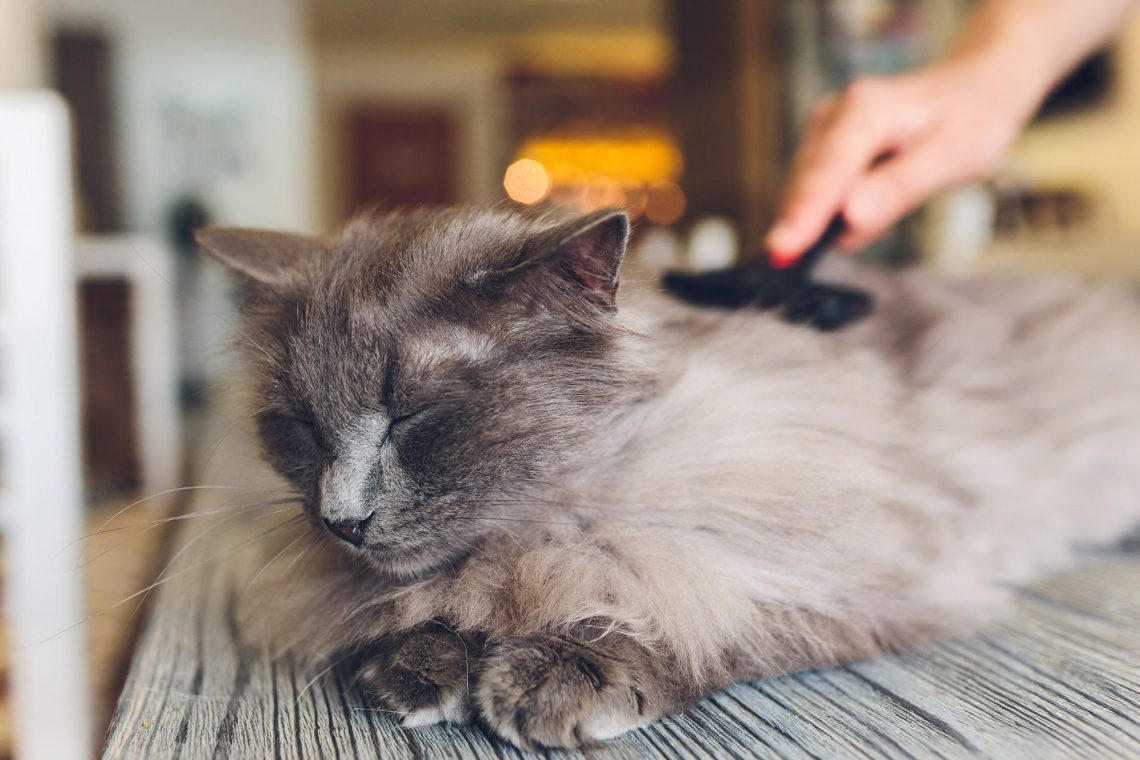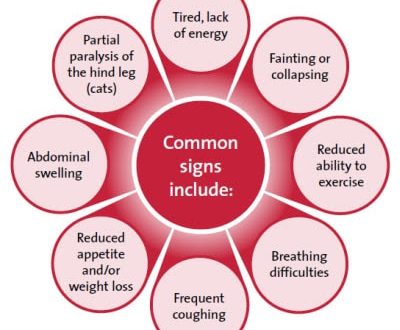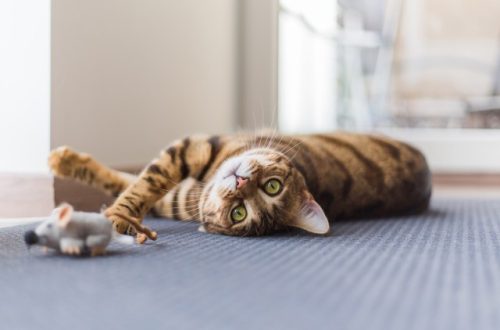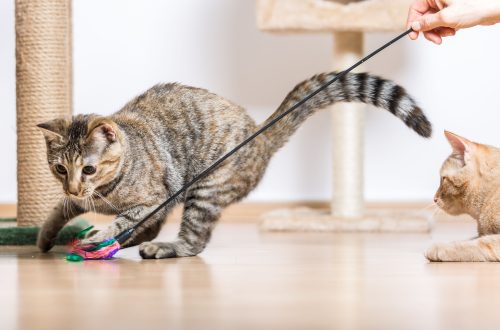
Why does a cat shed a lot?
Does your cat shed so much that you can knit a sweater out of her shed fur? There are hairballs all over the apartment and you have to vacuum every day? The best way to deal with heavy shedding is to brush your cat every day. Cat Behavior Associates claims that by brushing your cat, you can control shedding by removing dead hair and lubricating the cat’s body with natural oils that improve the condition of the skin and coat. In addition, due to combing, there will be fewer hairballs in your house or apartment.
In addition, it is important to determine why the animal sheds so much. Below are six common causes of excessive shedding in cats, along with options to address the problem.
1. Poor quality food.
According to The Nest, if your cat has an unbalanced diet, this can affect the condition of her coat: it will become less shiny, and the cat will constantly shed. Solution: Choose a high quality food that helps keep skin and coat healthy. Ask your veterinarian if your cat needs a change in food.
2. Health problems.
There are several types of health issues that can cause heavy shedding in cats. The American Society for the Prevention of Cruelty to Animals classifies them as allergies and parasites. And, conversely, molting can start from medications: taking certain medications can provoke itching or peeling, which causes the cat to scratch itself, and this already leads to excessive molting. During some illnesses, animals lick themselves too hard. This gives them bald spots. Solution: Take the cat to the veterinarian. If she has a strong molt, you need to make an appointment with a veterinarian to rule out possible diseases. If your cat is already on medications, ask your doctor if they have side effects such as heavy shedding.
3. Season.
According to the Petcha website, cats shed their hair at any time of the year, but in the spring, when the days get longer, they shed their thick winter fur. This means that there will be more wool in your apartment at this time. Solution: Set aside ten minutes every day for brushing your cat – this will reduce the amount of hair shed.
4. Stress.
Some cats shed more when they are nervous, frightened, or stressed. Decision: Check your cat for other signs of stress such as hiding, trembling, or urinary problems. Remember what changes have recently taken place in your home (the appearance of a new pet, loud noises, etc.) and try to change the environment so that it is less unnerving for the animal. Make sure the cat has a couple of places where she can hide and feel safe.
5. Age.
Sometimes older cats can no longer groom themselves as well as they used to, causing their coats to tangle and shed more. If you have two older cats, they may lick each other, but they still need your help. Solution: Brush your older cat every day to keep her coat smooth and soft. She will be grateful to you for the extra attention and show of love.
6. Pregnancy.
Hormonal changes during pregnancy can cause your cat to shed more than usual, according to cat site CatTime. After giving birth, the cat’s hair falls out mainly on the stomach, so that it is more convenient for kittens to suck their mother’s milk. Solution: Excessive shedding will end at the same time as lactation. Talk to your veterinarian about proper care for your mother cat and her kittens.
Some cats simply shed more than others. The site for cat lovers Catster warns that owners of pets with long-haired breeds, such as Maine Coons and Persians, will have to brush their pets more often. Even a short-haired cat can shed heavily if she has a mixed pedigree or a thicker coat than usual.
If your cat sheds a lot, don’t dismiss the problem. After making sure that everything is in order with her health, buy a good comb (slicker or comb), and you will have to get the vacuum cleaner much less often.





